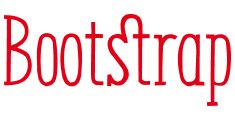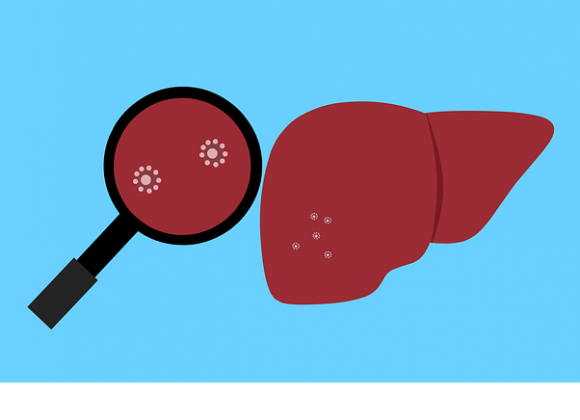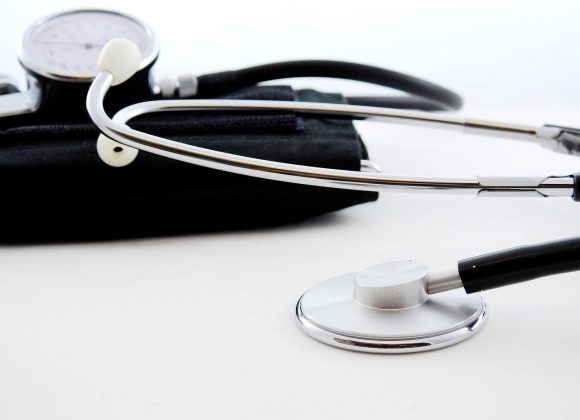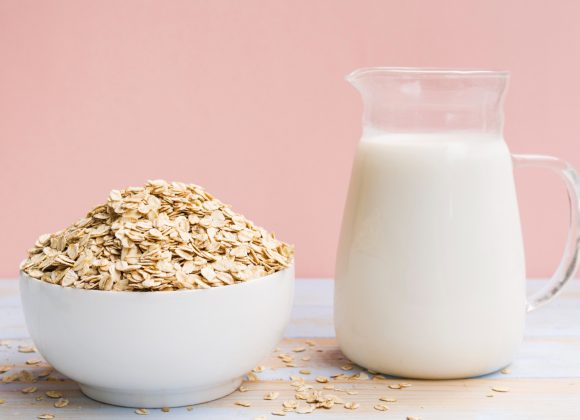You can hear the term “keto diet” everywhere nowadays. A lot of people, including countless celebrities and influencers, swear by this supposedly better dietary lifestyle. Its followers claim that it can not only help you maintain a healthier body but also reduce your risk of developing serious diseases in the future.
So what exactly is a keto diet? Is it actually as effective as people say? Are there any drawbacks? Let’s dive into these questions and more.

What Is A Keto Diet?
“Keto” is short for ketogenic. A ketogenic diet is a high fat, low carb diet. It aims to reduce your intake of carbohydrates and replace it with an increased fat intake.
The end goal here is to achieve a state of ketosis, which is when your body efficiently burns fat instead of burning carbohydrates to supply your body with energy. Reaching ketosis is said to come with several health benefits, and this claim has been supported by scientific studies.
What Are The Different Types of Keto Diet?
There are 4 main variations of the keto diet:
- Standard Keto Diet (SKD): this is the most common form of keto diet, and the information in this article mainly applies to this type of diet. It consists of high fat, low carb, and moderate protein intake, usually at a ratio of 70%:10%:20.
- High Protein Keto Diet: there are a lot of similarities between the high protein ketogenic diet and the SKD, the only main difference being that there is a higher protein intake (60% fat, 5% carbs, and 35% protein).
- Cyclical Keto Diet: this is an advanced keto diet method used mostly by athletes and bodybuilders. It involves having a few keto days, followed by a couple of high carb days to refuel your body’s carbohydrate levels. The common schedule is 5 keto days, followed by 2 high carb days.
- Targeted Keto Diet: similar to the cyclical keto diet, the targeted keto is also an advanced technique used by athletes. It permits you to consume carbohydrates around workout times to provide an extra bit of energy.
Things To Eat
- Eggs
- Unprocessed cheese
- Avocados
- Fatty fishes like salmon or tuna
- Meat including both poultry and red meat
- Healthy oils like avocado or virgin oil
- Grass-fed heavy cream and butter
- Nuts and seeds
- Supplements, such as whey and caffeine, amplify the benefits of keto and limit the drawbacks
- Etc
Things To Avoid
- Most fruits
- Low fat products
- Alcohol
- Sugar-filled food like soda, candy, cake, ice cream, etc
- Beans and legumes
- Starch and grains such as rice, pasta, cereal, etc
- Potatoes and other tubers
- Etc.
Benefits Of Keto
Several health benefits caused keto to become so popular, including:
- It helps you lose weight
- It slows down the progression of Alzheimer’s disease and reduces its symptoms
- It helps prevent heart diseases by maintaining blood sugar, body fat, blood pressure, and HDL cholesterol levels/
- It is being studied as a possible treatment for cancer
- It has been shown to slow down the development of Parkinson’s Disease and limit its symptoms
- It helps reduce your risk of developing diabetes
Side Effects & Risks Of Keto
Even though following a ketogenic diet comes with a lot of benefits, there may also be some drawbacks especially when you are first switching to keto:
Short – Term Side Effects
- Sleeping problems
- Nausea
- Increased hunger
- Keto flu
- Digestive issues
- Lower energy levels and reduced mental sharpness
- Lower exercise performance
Long – Term Side Effects
- Kidney stones
- Excessive fats in the liver
- Low blood protein levels
- Nutrient & mineral deficiencies
Tips & Tricks To Easily Switch To A Keto Diet
- Plans meals in advance
- Always nutritional values of food before consuming
- Look online or in cookbooks for delicious keto meal recipes
- Start by trying a regular low carb diet before switching to keto




